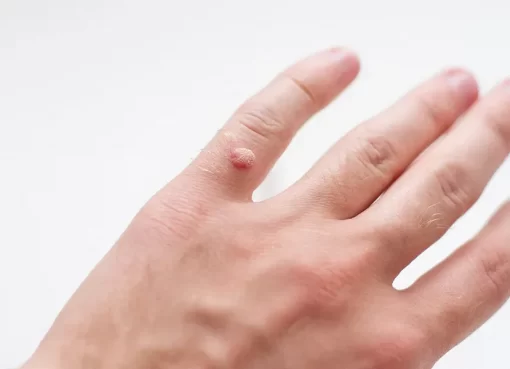Dental emergencies can strike at any time. A sudden toothache, a broken crown, or an accidental injury can leave you in pain and distress. The best way to handle these situations is through immediate action and long-term solutions. Emergency dental services are vital in these moments, but understanding how to prevent future issues is equally important.
Understanding Dental Emergencies
Dental emergencies encompass a range of situations. They include severe toothaches, knocked-out teeth, and broken fillings. The common denominator is pain and the need for prompt attention. Each scenario requires a different approach. For instance, if a tooth gets knocked out, you need to act quickly. Rinse the tooth gently and try to reinsert it. If that’s not possible, keep it in milk and head to your emergency dental clinic.
It’s not just about pain relief. Many emergency dental cases can lead to more severe problems if not treated properly. Infections can develop, leading to abscesses. These can spread and cause serious health issues. Therefore, understanding what qualifies as an emergency is crucial. Regular check-ups can help catch potential problems before they escalate into emergencies.
The Role of Emergency Dental Care
Emergency dental care focuses on alleviating pain and addressing immediate concerns. A visit to an emergency dentist often involves X-rays to assess the damage. Treatments may include root canals, fillings, or extractions. While these solutions address immediate issues, they can also lay the groundwork for long-term health.
For example, a root canal may save a tooth that would otherwise need extraction. This procedure removes infected pulp, allowing the tooth to remain functional. Following up with proper care can help you maintain your natural teeth longer. This proactive approach is what distinguishes emergency dental services from routine visits.
Transitioning to Implant Dentistry
When a tooth cannot be saved, implant dentistry offers a viable long-term solution. Implants are artificial roots that provide a sturdy foundation for replacement teeth. They are a fantastic option for individuals facing tooth loss. After the initial emergency treatment, transitioning to an implant can restore both function and appearance.
Implants not only improve aesthetics but also support oral health. They prevent bone loss that can occur after tooth extraction. Furthermore, they help maintain the structure of your face, preventing a sunken appearance.
Preventive Measures for Long-Term Success
While emergencies are unpredictable, there are preventive measures to reduce their likelihood. Regular dental visits are essential. Dentists can identify issues early, providing treatments before they escalate into emergencies. Maintaining good oral hygiene is equally critical. Brushing twice a day and flossing daily can prevent cavities and gum disease.
Consider protective gear if you participate in contact sports. Mouthguards can safeguard your teeth from injury. Simple lifestyle changes can significantly reduce the chances of needing emergency dental care. Avoiding hard foods can prevent chips and cracks, which can lead to emergencies.
The Importance of Follow-Up Care
After experiencing a dental emergency, follow-up care is crucial. It helps monitor the treatment’s effectiveness and addresses any lingering concerns. Your dentist may recommend specific produts or practices to ensure ongoing health. For instance, if you received an implant, regular cleanings and check-ups can extend its lifespan.
Follow-up appointments also provide an opportunity to discuss any new symptoms. Perhaps you notice discomfort or sensitivity. Addressing these issues early can prevent future emergencies. Always communicate openly with your dentist about your concerns.





